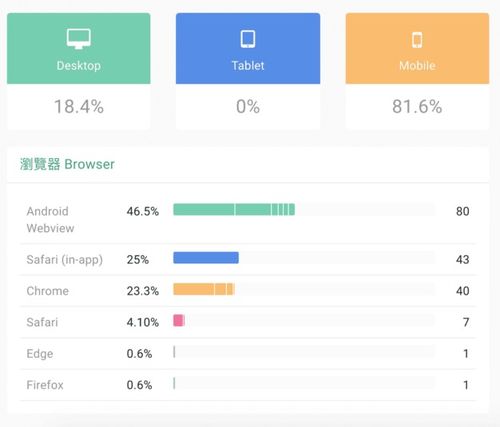Understanding the Power of Online Surveys

Have you ever wondered how companies and organizations gather valuable insights from their target audience? One of the most effective tools they use is online surveys. In this article, we will delve into the world of online surveys, exploring their benefits, types, and how to create a successful survey.
Benefits of Online Surveys

Online surveys offer numerous advantages over traditional methods. Here are some of the key benefits:
-
Cost-Effective: Conducting online surveys is much more affordable than traditional methods, such as mail or phone interviews.
-
Time-Saving: Online surveys can be completed quickly and easily, allowing you to gather data in a timely manner.
-
Reach a Larger Audience: Online surveys can be distributed to a wide range of people, regardless of their location.
-
Easy Data Analysis: Online survey tools provide powerful data analysis features, making it easy to interpret the results.
Types of Online Surveys

There are various types of online surveys, each designed to gather specific information. Here are some common types:
-
Quantitative Surveys: These surveys collect numerical data, such as ratings or rankings. They are useful for understanding trends and patterns.
-
Qualitative Surveys: These surveys gather non-numerical data, such as opinions or experiences. They are useful for exploring complex issues and understanding the reasons behind certain behaviors.
-
Short Surveys: These surveys are brief and to the point, typically consisting of 5-10 questions. They are ideal for quick feedback or market research.
-
Long Surveys: These surveys are more comprehensive, consisting of 20-50 questions or more. They are useful for in-depth research and understanding complex issues.
Creating a Successful Online Survey
Creating a successful online survey requires careful planning and execution. Here are some tips to help you get started:
-
Define Your Objectives: Clearly understand what you want to achieve with your survey. This will help you design the right questions and target the right audience.
-
Choose the Right Survey Tool: There are many online survey tools available, such as SurveyMonkey, Google Forms, and Typeform. Choose a tool that fits your needs and budget.
-
Design Your Questions: Keep your questions clear, concise, and unbiased. Avoid leading questions that may influence the respondent’s answers.
-
Test Your Survey: Before distributing your survey, test it to ensure that it works correctly and that the questions are clear.
-
Reach Your Audience: Use various channels to distribute your survey, such as email, social media, or your website.
-
Analyze the Results: Once you have collected the data, use the survey tool’s analysis features to interpret the results.
Table: Comparison of Online Survey Tools
| Tool | Price | Features | Best For |
|---|---|---|---|
| SurveyMonkey | Free to $99/month | Customizable templates, advanced analytics, survey logic | Small to medium-sized businesses |
| Google Forms | Free | Easy to use, integrates with Google Drive, basic analytics | Personal or small-scale projects |
| Typeform | Free to $35/month | Beautiful designs, interactive elements, advanced targeting | Branding and user experience-focused projects |
Conclusion
Online surveys are a powerful tool for gathering insights from your target audience. By following these tips and using the right tools, you can create a successful survey that provides valuable information for your business or organization.



